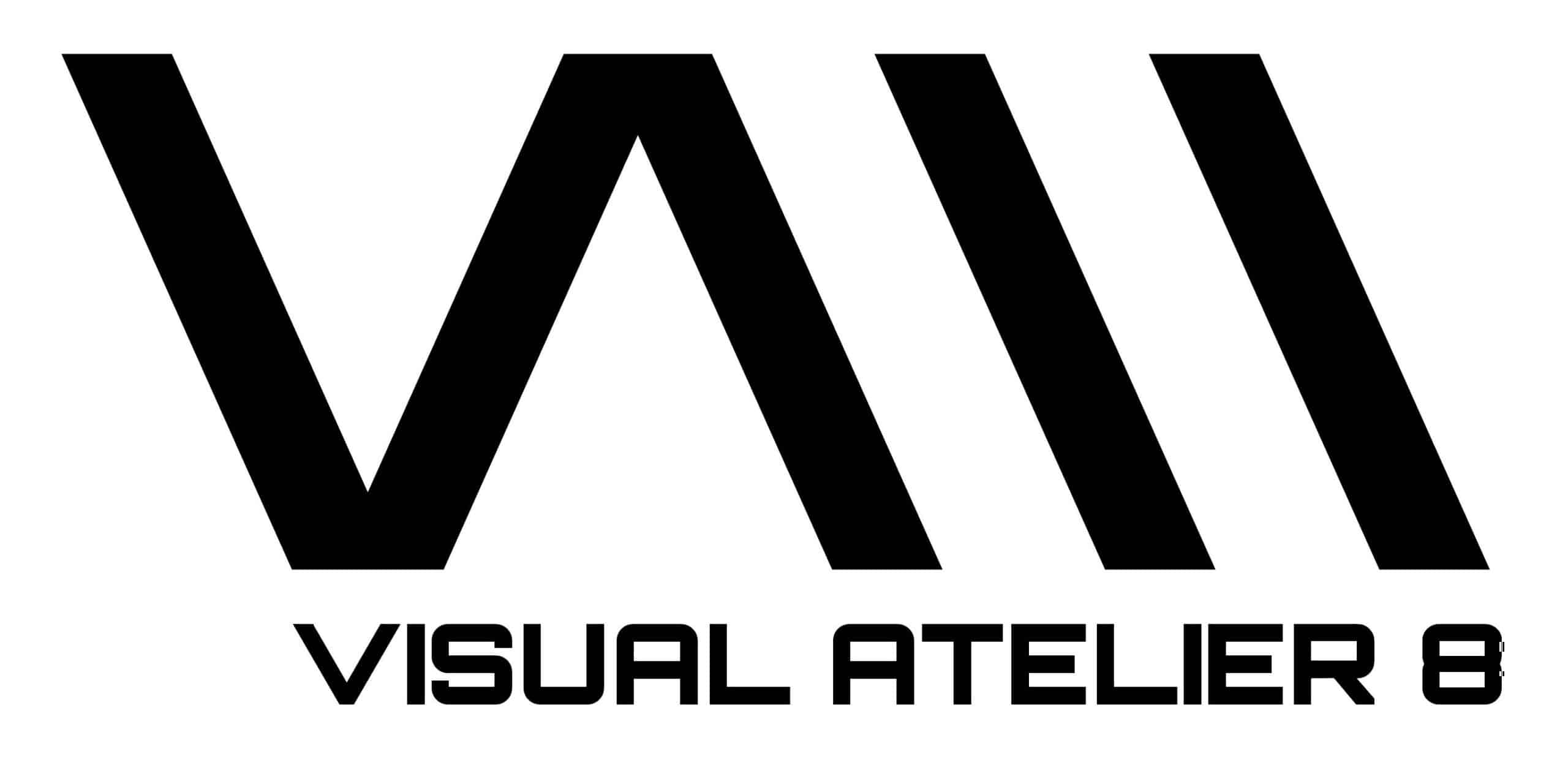
Reuben Margolin’s art is not just about the finished sculptures, but also the thoughtfulness behind every detail. From the interplay of waves symbolizing balance and connection to his focus on precision and craftsmanship, his creations embody both philosophical depth and artistic mastery. In this interview, we explore his creative process, his reflections on artistic passion, and his thoughts on technology’s role in shaping modern art. Through his words, Reuben Margolin inspires us to see art as a lens for understanding not only the world but also ourselves.
Your work strikes me as a treatise on emergent reality, springing forth from fundamental mathematics. Your most recent project named Arc Line is an ideal example. Each of your kinetic sculptures reveal internal structures and can act as two-dimensional forms when perceived frontally which then blossom into higher-dimensional experiences through movement and stand point perception. Please explain how your multidimensional and rich approach to art has tied in your love for mathematics, poetic expression, and uncovering the deeper meaning of what or who we are.
I am happy to hear that you saw the third dimension in Arc Line! The movement of that sculpture is, as you say, planar, 2D, and yet it often appears to be moving in a higher three-dimensional space. With these sculptures I always do some math during the design, but in this case most of the math happened after I was done, and I became more and more interested in why our mind was adding a third dimension to the movement.
After a couple weeks of work I discovered that the perceived extra dimension is the imaginary component of the waves that are created in the upper mechanism. In other words, when you see that third dimension you are actually seeing imaginary numbers! It makes me wonder how much of what we see is conjured up by our minds, and then about the extent to which such illusions have a basis in reality.
Your work possesses a philosophical quality, illustrating the mechanisms of reality without explicitly stating them. For instance, regarding the Mobius wave, you’ve mentioned that a wave represents the natural path between two extremes, acting as the thread that connects them, and that without distinguishable valleys and peaks, growth would be impossible. Could you elaborate on this idea?
I’ve been making wave sculptures for over 25 years and my understanding of what a wave is keeps changing. At first I thought it was that wiggly line that we drew in Trig class. Later it became the path between extremes. And still later it became the thread that binds extremes together. As a wave moves around a Mobius Strip the peak becomes the valley. Extremes collapse, or fly apart. Or do they? At every location the wave has a valley and a peak, even if there is no absolute distinction between them. These were the questions I was thinking about when making this sculpture.
Your sculptures are captivating as a whole but also their individual components, even your thought processes possess undeniable artistry. The precision of helically milled wood, setting in motion oscillating bars connected by strings, results in an action that becomes a primary artistic expression—art as art producing art. What significance do you place on ensuring that every element of a creation holds as much importance as the whole?
Thank you! My sculptures are analog, meaning that the movement comes from math that is built into the mechanism. To achieve a high level of fluidity they have to be precise, and this precision requires a lot of attention to details. When I’m designing a new piece, I’m bouncing all over it, thinking at one moment about the overall waveform and the next about the type of screw or finish I’m going to use in a particular element. I keep a loose focus and let all the parts emerge simultaneously so that everything flows together.
A quote of yours that particularly resonates with me is: “When I’m designing a new piece, there is often a sense of desperation because with a good project I feel invincible, but without one I don’t know who I am.” This speaks to a shared truth about the artistic journey. What are the inherent gifts and potential pitfalls for artists who seek a sense of completeness through their creative accomplishments?
As all artists know, that sense of completeness is fleeting. I don’t save ideas for later, but rather try to use up all my best ideas on the current sculpture. Accordingly, I’ll often feel that if I just make this next caterpillar, or next wave, my life will be complete. I will have used up all my good ideas and will have nothing else to make. But I know that as soon as I’m done the project will lose urgency and something else will inevitably take its place.
Reuben, you pour immense levels of passion into your creations. This dedication seems to fuel your ability to translate deep ideas and emotions into tangible expressions. How does this passion drive your creative process? Do you believe passion is essential for artists to fully realize their potential and create works that deeply resonate? Why or why not?
Thank you! When I think about where I’m at when I’m designing a new sculpture, I’m not exactly sure where the passion is. If I have it, then it must be quite dispersed rather than as a standalone quality. In every project try to combine as many ideas as I can. One idea might be a feeling of buoyancy in my chest, like breathing, or wonder, like when you take a walk on the bluff and the sun is setting and the wind is warm and in the grass.
Another might be that if I add together waves with polar coordinates, it might describe a waveform that can reach out and meet the expansive feeling in my chest. Another idea might be that I want to get better at welding or using a metal lathe. Another idea might be that I like the smell when cutting Cherry wood with a handsaw. I guess passion is what stirs all these ideas around until a sculpture emerges.
Your creations remind me of the construction of a piano’s interior. Have you ever considered incorporating sound into your pieces to introduce another existential layer? If so, do you envision these sounds creating masterful music? Do you have a relationship with music in your life?
I am looking for the simplest way to produce a certain kind of movement. Every element should be necessary. From its shape, you should be able to understand the forces on it and that it is indispensable and that it could not be reduced. Mostly my sculptures are silent, but there are some whose steel rings chime, or wooden cams creak. These are sounds that are integral to the sculpture and I’m delighted to hear them. I could see changing my mind about this, but right now I feel that more would be lost than gained by increasing complexity for the sole purpose of producing intentional sound.
Analog technologies play a significant role in your art, but they also raise questions about the relationship between humans and technological dependence today. How do you view the increasing integration of technology in artistic creation, particularly considering how new-wave creatives are growing reliant upon systems and techniques that require nothing more than verbal commands (think AI and analogous tools)?
Artists often limit their palette. For me I have found that limiting motion to what can be made with analog mechanics has forced me to understand, and therefore reveal, more about the world than if I had used digital solutions. There will always be artists embracing the latest tools, and there will always be artist who limit their palette to a more restricted toolbox.
In your earlier years, you embarked on a quest for dialogues about Utopia. Now, years later and within a vastly different world, how has your perspective on Utopia changed?
In 1993 I build a round table that could drive. It had chairs instead of bumpers and I set off in search of discussion about Utopia. But all I found was discussions about why I was driving a table. Now that I think about it the problem was probably that the table had wheels and went too fast. If it moved like a caterpillar and went two miles per week maybe I would have found those elusive conversations. It is worth a try!

